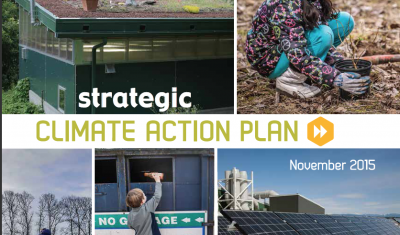Affordable Passivhaus ‘Plexes Everywhere
What if “public housing” meant a house-sized building with four to six apartments in a single-family zone, built by and for long-term older residents of the street, subsidized in part by land leases on the ground under their former homes? Those homes vacated by the older residents would now be …





